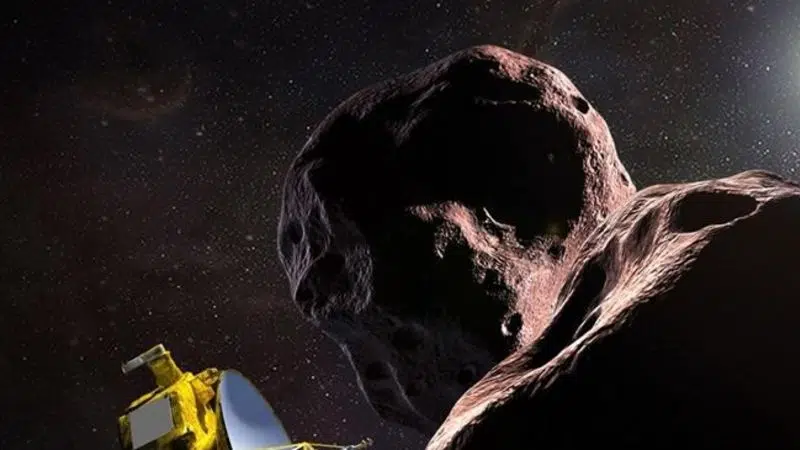
Quebec’s Pelletier leads ‘farthest exploration of any planetary body in history’
MONTREAL — Frederic Pelletier is boldly predicting he and his team will get the New Horizons spacecraft exactly where it should be on New Year’s Day — 1.6 billion kilometres beyond Pluto to rendezvous with a space rock known as Ultima Thule.
The goal of the NASA mission is to pass by the region known as the “Kuiper Belt” and send data back to Earth that can help explain the origins of the solar system. The flyby of Ultima Thule is being described by the space agency as the “farthest exploration of any planetary body in history.”
NASA says by exploring the region beyond Pluto, scientists can learn more about comets, small planets and other material dating back to the era when planets were formed — 4.5 billion years in the past.


